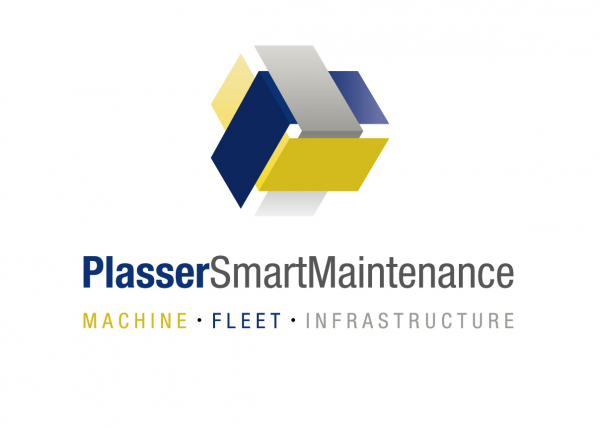 today 134
today 134
In the age of 4.0, the digital transformation poses great challenges to the railway: Both, the users’ need for mobility and the operators’ opportunities to manage the track have changed. The digital revolution changes the order of things, requiring us to rethink and change the way we work.
The track management of tomorrow will require a multi-dimensional approach, combining design data, measuring results, data models and data on costs and time. We show the way from a divided concept, a model separated by tasks, to an integrated concept, an integrated, holistic approach. Networking infrastructure data with the information on the machine fleet adds considerable value to track maintenance operations.
A virtual world – the digital twin – reflects all relevant elements of the real track. This results in a consistent, database-assisted track model, containing a wealth of information and its interdependencies. The digital twin provides a high-quality data basis for planning according to BIM (Building Information Modeling). This results in a uniform approach to all technological perspectives.
Data will increasingly be used to optimise the asset management and the life cycle management of the infrastructure sustainably and holistically. Infrastructure management planning will be based on correct and complete data.
Building Information Modeling (BIM) simplifies complex aspects of planning, building and operating a structure, reduces susceptibility to faults, ensures the transparency of costs, makes processes faster and promotes the collaboration of all project participants. BIM is not just a virtual building model or a software package like CAD. It is a working technique for managing the planning phase, building phase and operating phase of a project. This is how a multi-dimensional BIM model becomes Building Life Cycle Management (BLM). Interconnecting its individual dimensions makes it become reality:
We are already working on the virtual track – the digital twin. This is how we create new opportunities of cooperation between track maintenance machines and the infrastructure.
The digital transformation and Building Information Modeling (BIM) have become a part of our reality and the construction industry, profoundly changing the way we plan, build and operate structures. BIM not only improves the planning logic and the working quality, but also increases the operating efficiency. The implementation of this approach for linear structures, such as railway track, has made progress. The required specifications are being prepared.
Data will increasingly be used to optimise the infrastructure's asset management and life cycle management sustainably and holistically. Infrastructure management planning will be based on correct and complete data. Data and information will increasingly shape infrastructure processes and the development of new organisational structures.
The tasks ahead will include the promotion of network modelling, integrating the Building Life-Cycle-Management approach (“BLM for Rail Infrastructure”). This will support the collaboration in all areas of planning, building and operating the railway infrastructure. Adding all data generated over a life cycle, an integrated online railway management system stands for the infrastructure managers’ commitment to act sustainably.
The demand for object detection systems for the automated recording and embedding of the track components into the network model will increase in the future. Our model of the digital twin and our tools for the automated recording and creation of a data model are crucial to ensure this. The use of artificial intelligence has become indispensable to object recognition.
In terms of software, the digital twin and BIM are both predestined for a data cloud. A cloud is indispensable to allow all project participants to access the latest data. In addition, it enables them to use the model to follow or implement changes live. This makes it all the more important to ensure a consistent understanding of the exchange of data and provide compatible software solutions – an open infrastructure platform.

PlasserSmartMaintenance is our contribution to a new era in track construction and maintenance. The “Internet of Machines” is a new approach to the machines for both operators and decision-makers. Using the latest sensor technology and groups of test users, we develop new interfaces for communication, mechanisms of evaluation and digital tools for maximum performance.
Once the digital twin has been prepared and fitted with the required data, it can be used on track maintenance machines. The applications from our PlasserSmartMaintenance-Initiative grow steadily. The central platform consists of specific apps with networked cloud solutions and web services. They primarily aim to enable easy access to the relevant data on individual machines, fleets and the infrastructure.
As a result, the machine is becoming ever more intelligent. It becomes a smart machine. We use the opportunities created by digitalisation to increase quality and reliability and to meet the customer's desire for a higher level of automation and transparency.
The digital twin creates new opportunities of collaboration between track maintenance machines and the infrastructure. The quality of the works performed can be immediately inspected by the customer. The number of people in the danger zone is reduced. Works can be inspected from the safety of offices. The combination of trends and intelligent assessment methods makes it possible to analyse and recommend predictive maintenance actions for the track infrastructure.